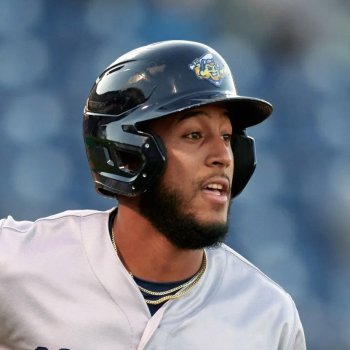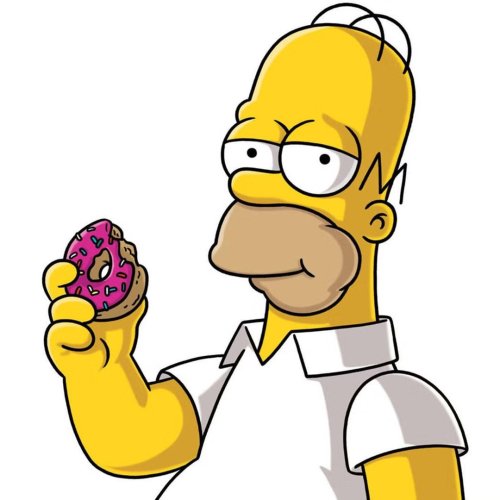
Twins Video
On the season Rocco Baldelli has called upon Rogers 17 times to work a total of 20 innings. He has 1 .35 ERA and is fanning batters at a career high 12.2 K/9 clip. The lefty isn’t a soft-tosser, and his 95.4 mph average fastball velocity is better than it’s ever been. Once a LOOGY, Rogers has nuked batters from both sides of the plate and actually has been better against righties (.657 OPS) than lefties (.780 OPS) in 2019.
So about that better than you would have thought part, here we go. Twins relievers are currently in the bottom three among major league teams when it comes to BABIP. Allowing opposing batters to hit over a .300 clip when putting the ball in play, there’s a good deal of unluckiness and bad fortune working against them. Specifically pertaining to Taylor, his .404 BABIP is 75th of 78 relievers who have tallied at least 20 innings this year. Being as good as he has been, opposing batters are successful almost half of the time when putting the ball in play off of him. In short, that’s crazy.
When there’s an outlier like that statistic almost certainly is there must be more to the story. For Rogers there are a few things going on. His hard hit rate is a career best, and he’s giving up homers on fly balls just 6% of the time while generating ground balls 50% of the time. The number that stands out in his batted ball profile is the infield hit percentage. Right now opposing batters own a 19.2% success rate on infield hits. That’s the highest number in baseball, and 6% more than second place. Batters reaching base on what are likely lucky or fluky opportunities do nothing positive for that inflated BABIP.
Regression or concern is generally muted when a pitcher is performing so well despite adverse realities in some key analytical areas. The BABIP could be burning Rogers but instead he’s been elite despite it. The 10.2% whiff rate isn’t where it was last year, but is still a favorable situation. He’s throwing more first pitch strikes in 2019, and he’s also generating chase and contact percentages along the lines of his 2018 breakout.
If we revisit that hard hit rate from earlier, this is where things get even juicier for the road ahead. Rogers is allowing an average exit velocity below 86 mph, which is both incredibly low and conducive to easy outs. His 26.4% is 13th best in baseball, and just 4% shy of the top three. Those infield hits have created a bit of an outlier in his BABIP, but the rest of his efforts have generated a profile that has him looking like an all-star.
We can assume that Rogers will be used for something close to 70 innings in 2019. His H/9 stands at a career worst 9.9 and the WHIP of 1.350 follows suit. Whether being beaten by unlucky shifting, bloop shots, or infield base hits, there are more convertible outs to be had here. The inputs from the mound are generating all of the results you’d like to see and that’s more than evident in the counting stats. As the sample size grows and results begin to normalize this is a season we could be looking back on for quite some time.
There’s no denying that the Minnesota Twins have work to do in their bullpen. This team is the real deal, and asking for more in relief is a must. There’s also no denying that Taylor Rogers will be chief among the answers as opposed to the questions, and what lies ahead could be even better than the already outstanding results that are on the board.
MORE FROM TWINS DAILY
— Latest Twins coverage from our writers
— Recent Twins discussion in our forums
— Follow Twins Daily via Twitter, Facebook or email
— Become a Twins Daily Caretaker






Recommended Comments
Join the conversation
You can post now and register later. If you have an account, sign in now to post with your account.
Note: Your post will require moderator approval before it will be visible.